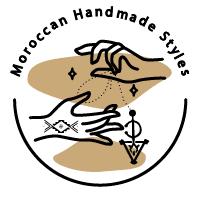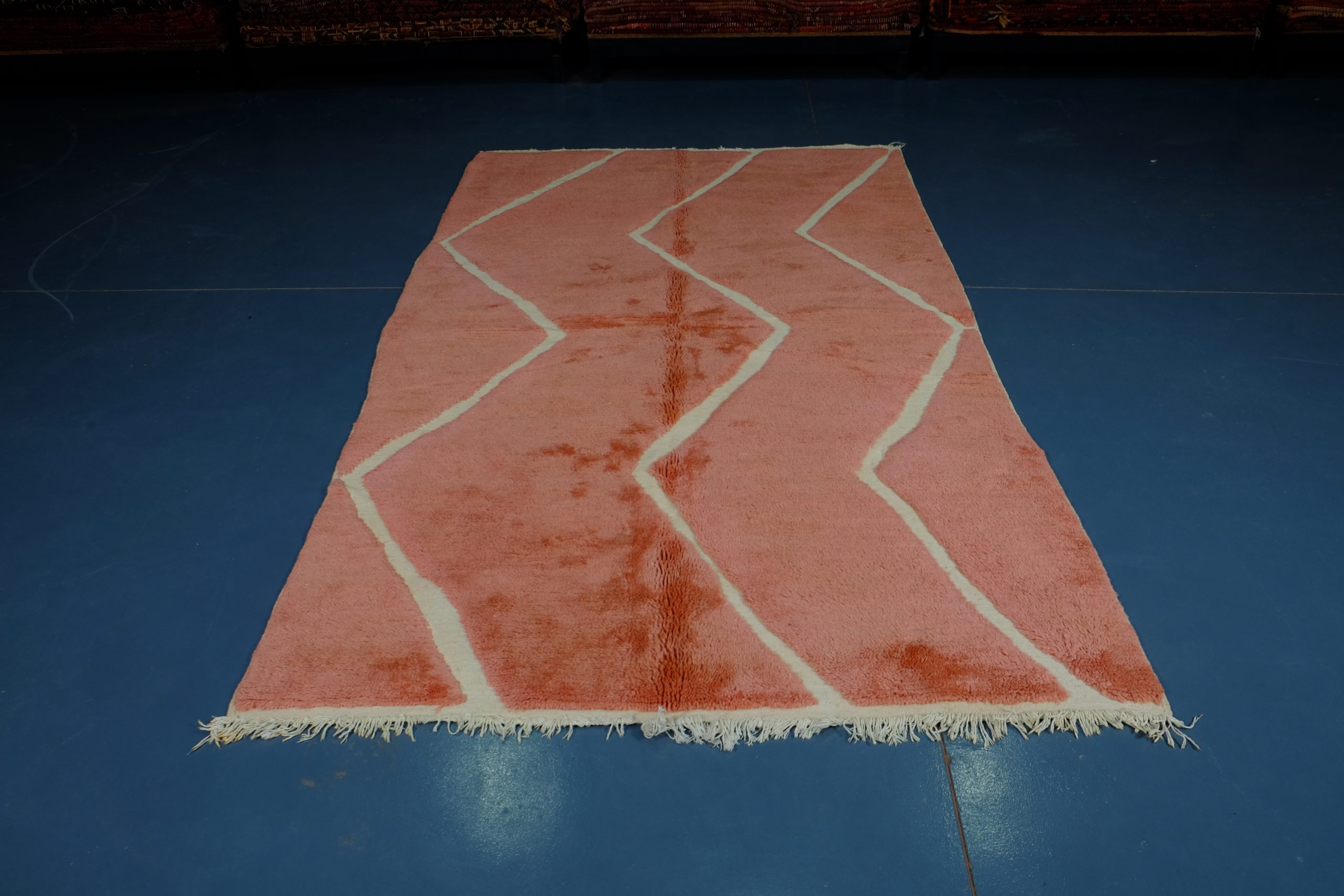The word Beni Ourain is actually the tribal name of the set of 17 different Berber tribe members who reside in the Atlas Mountains in Morocco. As such any rug woven by any of those Berber ethnic groups is actually a Beni Ourain tribal rug. However this is in stark contrast to what many rug dealers would say as regards the subject of “Banian rug” which they incorrectly describe as a Moroccan style rug. To better understand the difference between the two types of rugs, let us first take a closer look at each of the two Berber group of people. Then we will compare the two rugs to identify which type is truly Moroccan.

The Beni Ourain tribe of Morocco are recognized as the direct descendants of the Berbers of North Africa. From these early Berber cultures, the Beni Ourain clan adopted the writing system of pictographs (a combination of primitive writing symbols arranged in columns) and the geometric patterns that have come to be recognized as the geometrical patterns that we know today as geisha. Throughout North Africa and the Middle East the tribal art of Beni Ourain was preserved through the written Arabic language of the time. Although there was an eventual drifting of tribal art towards the Islamic style of art in the latter centuries, the true Moroccan art of Beni Ourain has remained strong throughout the years.
As was the case with the Beni Ourain rugs, the unique and complex tribal patterns were maintained through the use of animal hides as the primary raw material for the rugs. These hides were woven tight to each other by hand to create a fine fabric that could then be dyed to represent any color or pattern desired. The exact colors, patterns, and designs varied depending on the region of Morocco where the tribal member lived. For example, in rural areas of Morocco the patterns were much different than those seen in the more urban or commercial centers of the coastlines. No two individual tribal members had the same choice of design and therefore the various types of Beni Ourain rugs represented a very diverse cross section of the population of Morocco.
The use of animal hides combined with weaving techniques from regions around the world shows how this unique art and culture has been passed on through the generations in Morocco. Today the Beni Ourain rugs are still made by the same family of women who weave the fine fabrics with their traditional techniques of braiding the fibers together. Each rug is unique in its own right and no two rugs will ever be exactly the same due to the careful processes of weaving, dying, and coloring each rug. Beni Ourain rugs have a history that is steeped in the history and heritage of Morocco. The beautiful designs are continuously passed down from generation to generation and the beauty and craftsmanship that go into each rug makes it a priceless treasure.
Beni Ourain rugs are a very popular choice amongst home owners and designers for many reasons. For starters, they are extremely durable and will stand up to many different types of weather and wear. They also look absolutely gorgeous, whether they are used indoors or outdoors. They don’t need to be washed like most outdoor Berber carpets do because they are made of natural fibers and don’t retain debris like many outdoor fibers do. Because of this they are easy to clean and keep looking new. Also, the fact that they don’t need to be machine washed makes them a much friendlier choice for households with children and pets.
Because these rugs are made from natural fibers, they are very durable, which is important if you have kids at home. Also, because the process used to weave these rugs is so meticulous, they are very resistant to fading and are unlikely to get dirty or stained. This means that you won’t have to spend hours trying to protect your family’s investment from everyday wear and tear. If you want to find a high quality and beautiful outdoor rug that will last for years to come, then you should strongly consider Beni Ourain rugs. You’ll be amazed at their beauty and quality, and they will stand up to many challenges.

